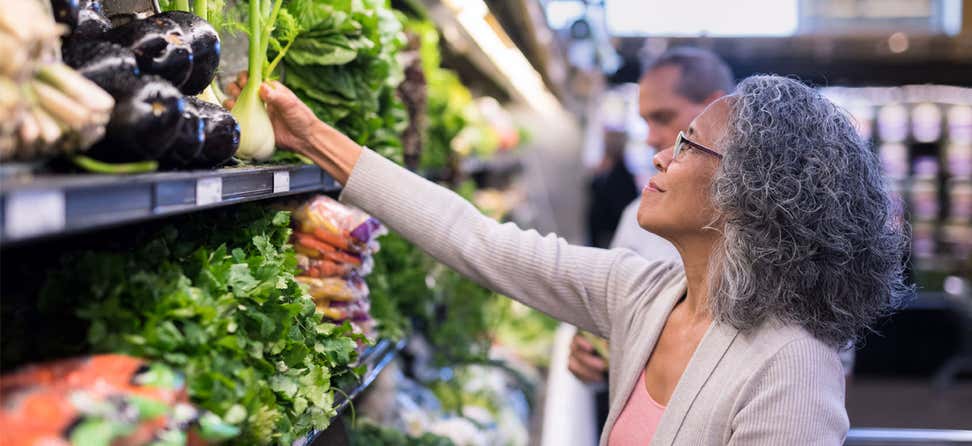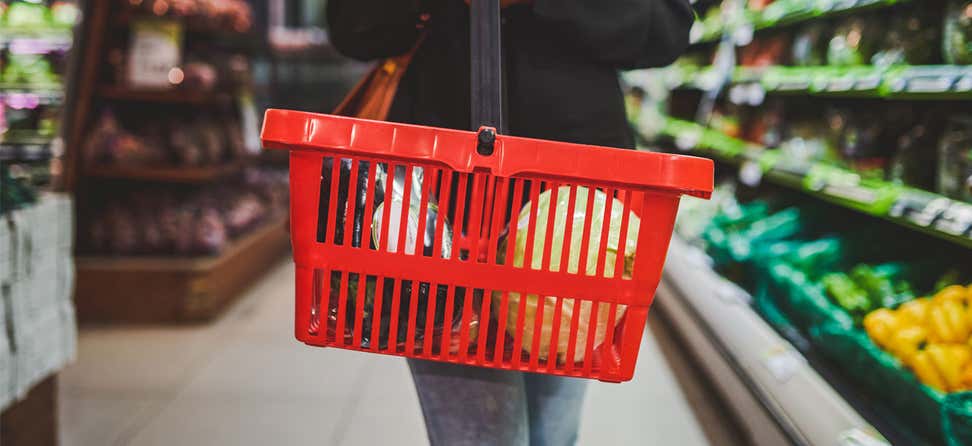Key Takeaways
Food insecure seniors face a variety of poor health outcomes, including chronic disease and a greater risk of falls.
The Supplemental Nutrition Assistance Program (SNAP) is helping roughly 5 million older adults put healthy food on the table.
New research shows that SNAP benefits translate to better access to health care and lower health care costs.
Proper nutrition is essential for older adults to age well. Yet millions of households with an older adult experience food insecurity, lacking consistent access to nutritious food for an active, healthy life.
Food insecure seniors face a wide array of negative health outcomes:
- More chronic conditions: Food insecure seniors have lower nutrient intake and are more likely to suffer from chronic conditions. At the same time, financial stress and inadequate nutrition make those conditions more challenging to manage, and often seniors make trade-offs (such as choosing between food or medicine) that exacerbates their disease.
- Longer recovery time: Having access to enough food for a balanced diet makes it easier to recover from surgery and for wounds to heal.
- Greater risk of falls: Food insecurity can also affect muscle mass, bone density, and balance, and increases risk of falls and poses a significant risk to a senior’s health and independence.
An adequate diet means that seniors can maintain the strength needed to take care of themselves, stay in their homes, and maintain their normal activities of daily living.
SNAP: A vital program to improving health
Participating in the Supplemental Nutrition Assistance Program (SNAP) is one of the most effective ways to reduce food insecurity and improve health outcomes. Currently, roughly 5 million low-income adults over age 60 participate in SNAP, receiving on average $104 per month to help put food on the table, and reducing overall food insecurity by at least 30%.
SNAP enables older adults to free up financial resources and enables them to meet critical health needs. Recent research into the health outcomes of older adults enrolled in SNAP finds that:
- SNAP increases prescription adherence, as seniors in SNAP are less likely to skip doses of medication or skip refilling medications.
- When their budget was increased by SNAP, resources that older adults would normally spend purchasing food are used to pay for health-promoting activities and needed medical care.
- SNAP participants 60 and over are more likely to access health care, such as visiting their physician, having a hospital stay, receiving home health care, or nursing home care, than non-SNAP participants, according to an analysis of the Health and Retirement Study done by the University of Massachusetts Boston for NCOA. In total, 88% of the SNAP participants 60+ identified in the analysis accessed at least one of these services in the last two years. It is plausible that access to SNAP allows older adults to feel comfortable seeking this medical care because they are more economically secure doing so.
- Health care costs are reduced, as SNAP participants are less likely than non-SNAP participants to be hospitalized, and those that are hospitalized have shorter, less expensive hospital stays.
Closing the participation gap
Despite the benefits of reducing food insecurity and improving health outcomes, millions of older adults who qualify for SNAP are not enrolled in the program. It is estimated that over half of seniors may be eligible for but are not getting the benefit.
NCOA’s Senior SNAP Initiative focuses on increasing enrollment into SNAP so that low-income older adults can buy the food they need for good health. NCOA has resources available to help you educate older adults in your community about SNAP, and help them screen for eligibility to participate in the program. Find out more.
Or to find out if you or a loved one is likely eligible for SNAP, take quick screening on BenefitsCheckUp.org.










